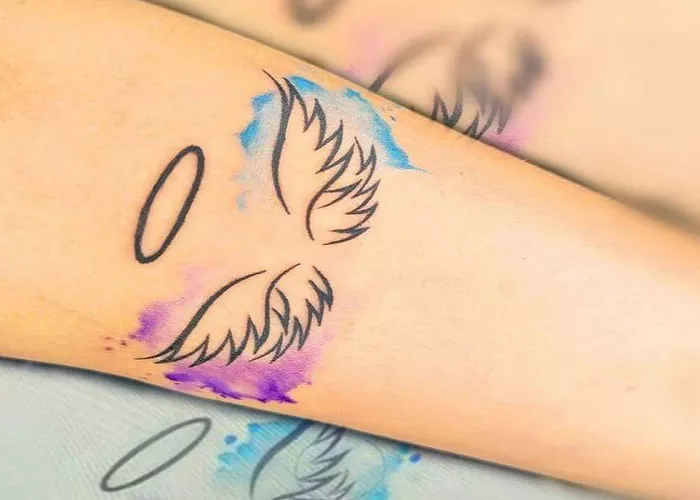Archaeologists have made a surprising and puzzling discovery—an 800-year-old female mummy with unique facial and wrist tattoos that are unlike anything seen before in ancient South American remains.
The mummy, uncovered in the Andes mountains and currently held at the Museum of Anthropology and Ethnography at the University of Turin in Italy, offers a rare glimpse into ancient body art practices. Due to the fragile nature of human skin, preserved tattoos in archaeological records are exceptionally rare. However, the dry coastal deserts of South America—particularly Peru and Chile—have yielded some of the best-preserved examples in the world.
A Hidden Message in Ink
Using advanced imaging methods—including two infrared scanning techniques—researchers were able to detect tattoos invisible to the naked eye. To their astonishment, they found three fine lines running from the woman’s ears down to her mouth on each cheek, as well as a simple S-shaped design on her wrist.
What Were the Tattoos Made Of?
Chemical analysis using x-ray fluorescence and Raman spectroscopy revealed that the ink was made from minerals such as magnetite and pyroxenes—an unusual combination. Most known ancient tattoo inks contain charcoal, but in this case, charcoal was entirely absent. This rare ink composition further deepens the mystery of the mummy’s cultural background and tattooing method.
Cultural Enigma
Despite the discovery, researchers have struggled to identify the cultural origins of the tattoos. The shapes and placement—especially facial tattoos—are not consistent with previously known Andean tattoo traditions, making this mummy an archaeological outlier. The tattoos could have held spiritual, social, or ceremonial meaning, but without clearer context, their purpose remains speculative.
A Window into the Past
The woman lived between 1215 and 1382 CE, during a period of dynamic cultural and political shifts in the Andes. Whether she was part of a known civilization like the Inca or belonged to a lesser-known or yet-unnamed group is still unclear.
Still, the discovery is a major find in the field of bioarchaeology, not only because of the tattoos themselves, but also due to the application of modern technology to reveal them centuries after her death.
As researchers continue their investigation, this ancient woman may yet reveal more secrets about life—and body art—in the pre-Columbian Andes.
Related topics:

